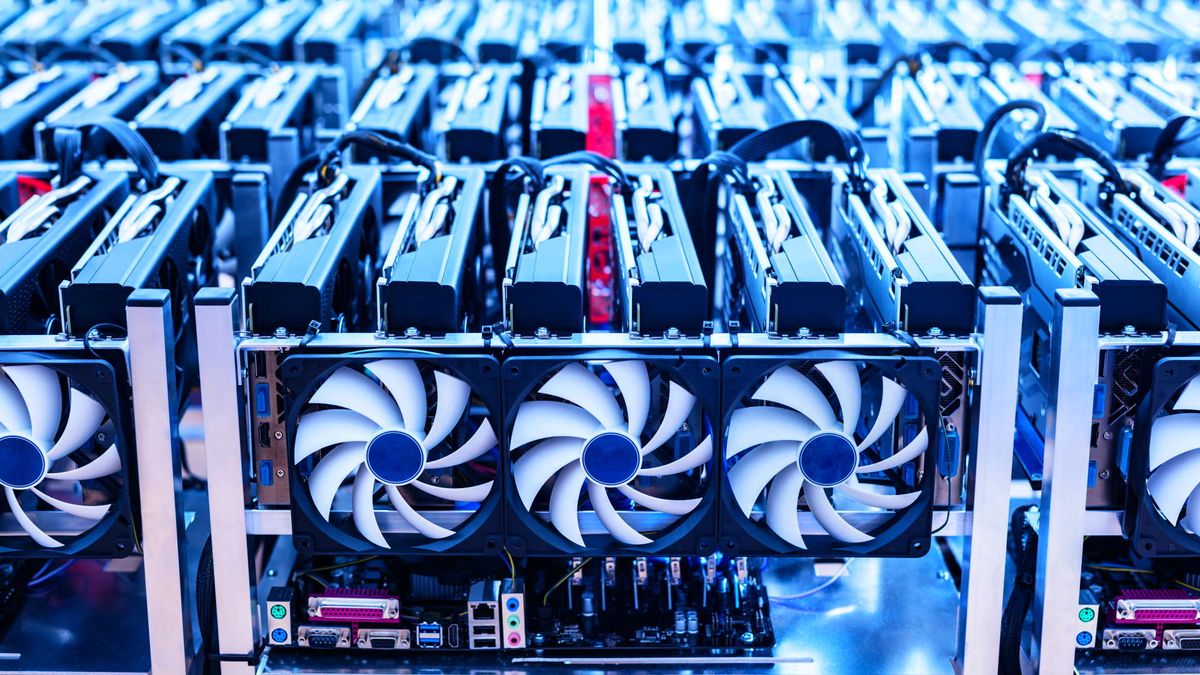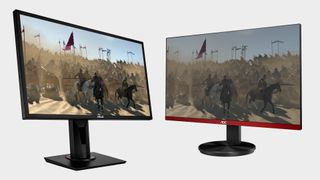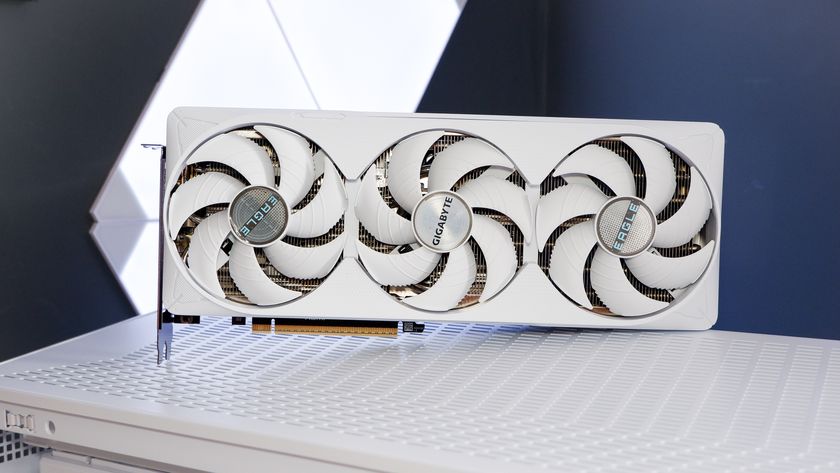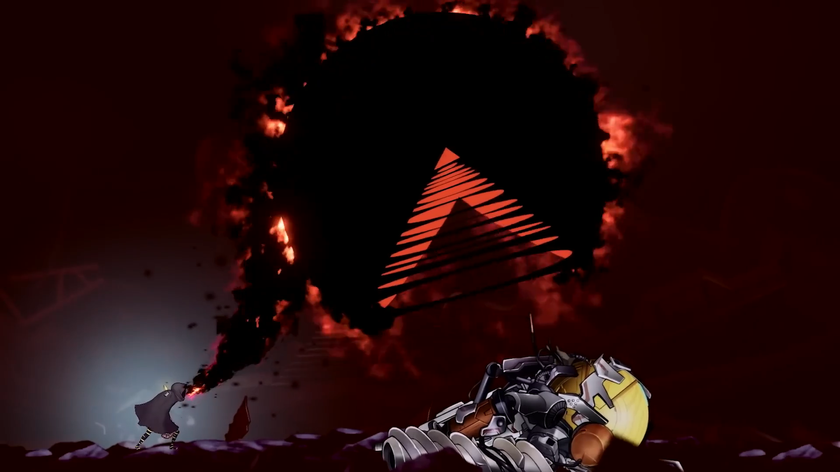The EU wants 20,000 GPUs to run a simulated digital twin of Earth. Can we add an RTX 3080 to that order?
Definitely not some Euro ploy to build the biggest Ethereum mining rig on the planet.

The European Union wants 20,000 GPUs to build a machine capable of running a full simulated digital twin of Earth. Get to the back of the line, bois. You know there's a graphics card crisis going on, right? Though I have found a GTX 1660 Super for $800, if that helps.

Best gaming monitor: pixel-perfect panels for your PC
Best 4K monitor for gaming: when only high-res will do
Best 4K TV for gaming: big-screen 4K PC gaming
Sadly, Destination Earth (or DestinE as the cool kids call it) isn't going to be the world's most detailed MMO, or some digital live service version of The Amazing Race, but a "high-precision digital model of the Earth to monitor and simulate natural and human activity."
That full, GPU-heavy simulation is the end-goal for the project, which will bring together multiple 'digital twins' of the Earth, with each model simulating a different part of the planet's systems. Weather forecasting and climate change, food and water security, global ocean circulation, and the biogeochemistry of the oceans are all examples proposed by the scientists running the project.
Rather ominously it's also being used "on a global scale to speed up the green transition and help plan for major environmental degradation and disasters." Because those, sadly, are going to be inevitable.
The plan for the DestinE simulations is to have them to feed data into the EU's efforts to become carbon neutral by 2050 and help inform its environmental strategies going forward. It's all part of a $1.2tn (€1tn) investment in the bloc's green technologies.
As well as standard modelling it will allow users to create different scenarios and see what happens if certain parameters are changed, both in the short term and over an extended period of time. The European Commission says that initially DestinE will only serve public authorities, but will eventually be opened up to serve the wider scientific and industrial communities.

And to get all that information modelled as precisely as its scientists need it's currently estimated that they'll need at least four times the computational power currently inside the Cray Piz Daint supercomputer in Zurich. That's a machine with more than 5,000 Pascal-powered Nvidia Tesla P100 GPUs, which in turn means the scientists need to squeeze around 20,000 graphics chips into the final supercomputer to manage such a detailed Earthly simulation.
The biggest gaming news, reviews and hardware deals
Keep up to date with the most important stories and the best deals, as picked by the PC Gamer team.
And it's definitely going to be used for science, not a clever ploy for the EU to build the biggest Ethereum mining rig known to humankind. Absolutely not.
As anyone who's paid attention to the trials of cryptocurrency mining knows, that sort of setup is also going to require a whole lot of juice to power it, with estimates putting it at some 20MW. And if that's built in a location which uses so-called 'dirty' power, the simulation itself will be contributing a huge amount of CO2 into the atmosphere simply by its own operation. It will need to be located in a place where renewable energy is plentiful to avoid being a problem that it's own computational power is attempting to solve.
Thankfully the EU hoarding some 20,000 GPUs isn't going to happen immediately. The plan is for the seven to ten year project to kick off this year with a smaller core platform, with the launch of a cloud-based platform and the first two digital twins in 2023.
Still, good luck sourcing those chips, guys.

Dave has been gaming since the days of Zaxxon and Lady Bug on the Colecovision, and code books for the Commodore Vic 20 (Death Race 2000!). He built his first gaming PC at the tender age of 16, and finally finished bug-fixing the Cyrix-based system around a year later. When he dropped it out of the window. He first started writing for Official PlayStation Magazine and Xbox World many decades ago, then moved onto PC Format full-time, then PC Gamer, TechRadar, and T3 among others. Now he's back, writing about the nightmarish graphics card market, CPUs with more cores than sense, gaming laptops hotter than the sun, and SSDs more capacious than a Cybertruck.











